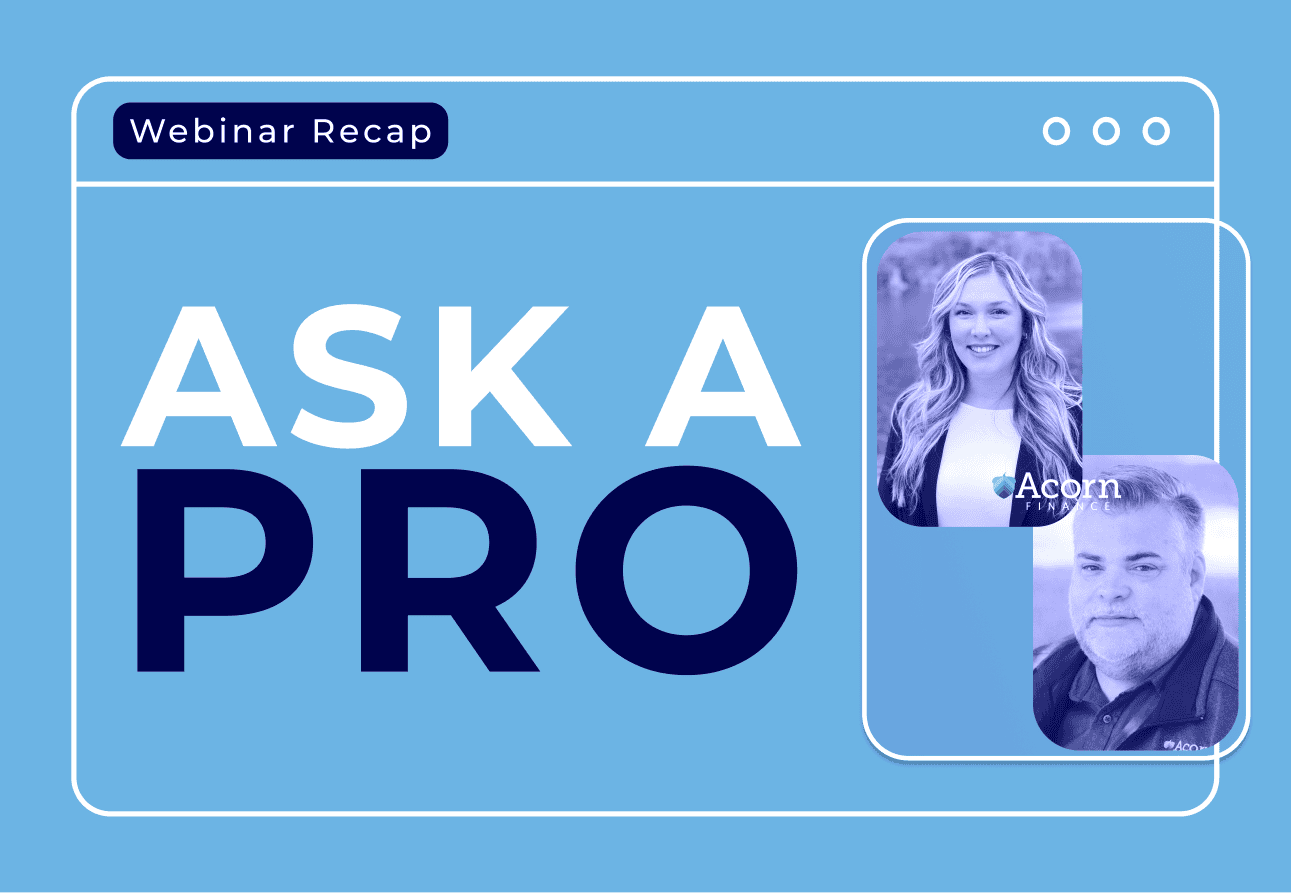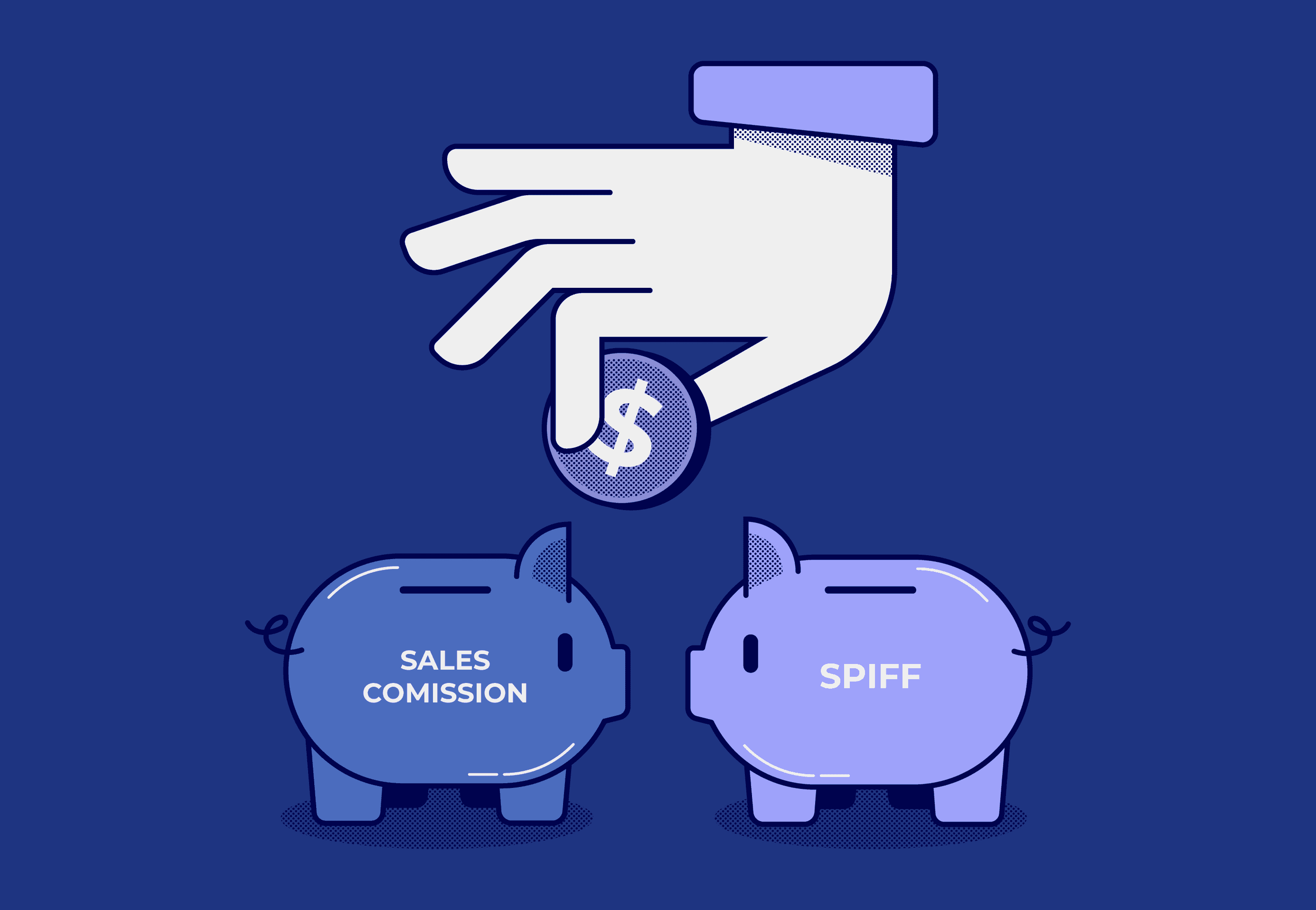Credit Card Surcharging vs. Cash Discounting vs. Card Fee Recovery: What Every Service Business Should Know
Learn the essentials of credit card surcharging and how it impacts your business. Stay compliant and make informed decisions and learn how FieldPulse can help you turn a pain point into profit.
Oct 3, 2025

Credit card payments are a lifeline for field service businesses—but they come with a cost. Processing fees can chip away at profit margins , and over time, those expenses add up. Many businesses try to offset these fees with strategies like surcharging or cash discounting, but these methods often fall short when it comes to compliance and transparency.
That’s where FieldPulse Payments’s new Card Fee Recovery feature changes the game.
In this post, we’ll break down the differences between credit card surcharging, cash discounting, and Card Fee Recovery (aka dual pricing)—and show why CFR is the best way to protect your bottom line while keeping your customers informed about the costs of credit card purchases.
What Happens If You Don’t Offset Processing Fees?
Some businesses simply choose to absorb credit card processing fees as a cost of doing business. While this might feel simpler in the short term, it can quietly take a major toll on profitability.
- Reduced margins: A typical processing fee of 3.5–4% on every card transaction can add up quickly. On $500,000 in card transactions per year, that’s $10,000–$20,000 directly out of your profits.
- Hidden cost of growth: As your business grows and processes more payments, those fees grow too—eroding the benefit of higher revenue.
- Uneven impact: Customers who pay in cash effectively subsidize the convenience of card-paying customers, since the business eats the fee across the board while customers who pay card are receiving a sales discount because it is costing your business more.
In today’s competitive market, leaving these fees unchecked often means making up the difference elsewhere—either through higher overall prices or slimmer margins that strain cash flow.
What is Credit Card Surcharging?
Credit Card Surcharging is when a business adds an extra fee to a customer’s total when they pay with a credit card. For example, if you quote $1,000 for a repair job and add a 3% surcharge, the buyer pays $1,030.
- Pros: Helps cover the cost of credit card transactions processing fees.
- Cons: Regulations vary by state, rules from card networks can be complex, and customers may feel blindsided by an extra fee tacked on at the end.
Surcharging can create friction at checkout. Customers expect clear, upfront pricing, and surprise add-on fees can leave a negative impression. On top of that, card networks set strict rules around surcharging, and violations can carry serious consequences — even losing the ability to accept card payments.
What is Cash Discounting?
Cash discounting flips the approach: instead of charging more for card payments, businesses advertise a higher “standard” price and then give a discount if the customer pays with cash. For instance, a service might cost $1,030, but cash-paying customers get a $30 discount.
- Pros: Positions the lower price as a “perk” for cash-paying customers.
- Cons: It can confuse customers, and compliance is tricky—businesses must make sure pricing is displayed in a way that avoids misleading advertising.
Cash discounting tries to soften the blow, but ultimately it doesn’t always provide the full picture upfront.
Introducing Card Fee Recovery: A Smarter, More Transparent Approach
FieldPulse’s Card Fee Recovery feature takes the guesswork out of handling credit card fees. Instead of adding fees at the end or confusing customers with cash discounts, businesses can now clearly display two prices on invoices:
- Cash Price – what customers pay if they use cash, check or ACH.
- Card Price – what customers pay if they choose to pay by credit card (this price includes the recovery of most processing fees).
Why Card Fee Recovery Works Better
Transparent for customers: They see both prices upfront and choose the payment method that works best for them.
Compliant and professional: Pricing is presented in a way that aligns with industry standards and avoids the pitfalls of surcharging or cash discounting.
Protects your profit margins: Instead of absorbing the bulk of card fees, you can pass them along fairly—without surprising your customers at checkout.
The ROI of Card Fee Recovery
Let’s put the numbers in perspective.
- Scenario 1: A plumbing business processes $4,250,000 in annual card transactions. With an average 3% processing fee, that’s $127,500 lost to fees every year if they don’t recover them.
- Scenario 2: A smaller HVAC contractor processes $850,000 annually in card payments. At 3% in fees, that’s $25,000 in lost profit—equivalent to the cost of a part-time employee or a new service vehicle lease.
By implementing Card Fee Recovery , businesses can retain the majority of that money without raising base prices across the board. It’s a direct, measurable boost to profitability and oftentimes leads to improved cash flow health as well by motivating customers to pay the cash price.
FieldPulse: More Than Just Card Fee Recovery
While Card Fee Recovery helps protect profit margins, it’s just one piece of the puzzle. FieldPulse gives service businesses a complete toolkit for revenue growth and operational efficiency, including:
- Professional Estimates and Invoices: Create and send branded estimates and invoices in minutes, helping you win more jobs and get paid faster.
- Job Scheduling and Dispatching : Keep crews on time and projects on track.
- Customer Management (CRM): Build stronger customer relationships and drive repeat business.
- Profitability Insights: Understand how pricing, fees, and customer choices impact your bottom line in real time.
When paired with Card Fee Recovery, these features don’t just stop lost revenue—they actively help you grow.
Final Takeaway
Surcharging and cash discounting were stepping stones for businesses trying to manage rising credit card expenses. But Card Fee Recovery is the next evolution that blends compliance, transparency, and profitability.
With FieldPulse, you don’t have to choose between covering your costs and keeping customers happy . You can do both.
Ready to Protect Your Profits?
Don’t let processing fees quietly drain your business. See how FieldPulse Card Fee Recovery, combined with our powerful estimating, invoicing, and job management tools, can help you win more work and keep more of your hard-earned revenue.
Schedule a demo with FieldPulse today and discover how to take control of your margins.


